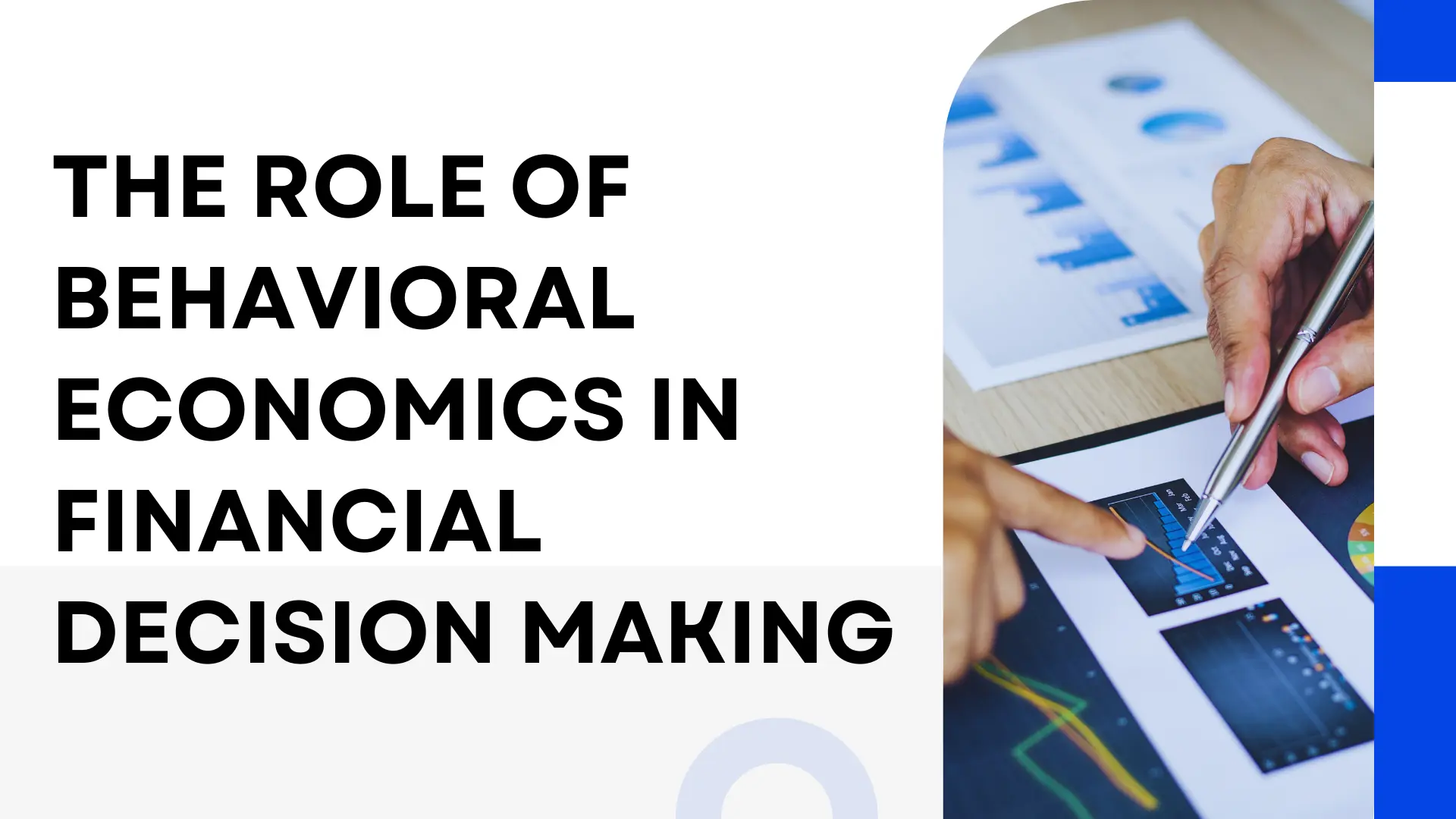
Behavioral economics is a field of study that examines how psychological factors influence economic decisions and behavior. Unlike traditional economics, which assumes that individuals are perfectly rational actors, behavioral economics recognizes the complexity of human decision-making and accounts for cognitive biases and emotional influences. This article explores the significance of behavioral economics in financial decision making, examining its basic concepts, applications, biases, interventions, and future prospects.
Introduction to Behavioral Economics
Definition and Overview
Behavioral economics integrates insights from psychology and economics to understand why people make irrational decisions, deviating from the assumptions of traditional economic theory. It explores the cognitive, emotional, and social factors that influence individuals’ choices in various contexts.
Evolution and Development
The field of behavioral economics emerged as a response to the limitations of neoclassical economics in explaining real-world behavior. Pioneers such as Daniel Kahneman, Amos Tversky, and Richard Thaler laid the groundwork for this interdisciplinary approach, challenging conventional economic wisdom.
Basic Concepts in Behavioral Economics
Rationality and Irrationality
While traditional economics assumes that individuals make decisions based on rational preferences and complete information, behavioral economics recognizes that people often deviate from rationality due to cognitive biases and bounded rationality.
Prospect Theory
Prospect theory, developed by Kahneman and Tversky, explains how individuals evaluate potential gains and losses. It suggests that people are more sensitive to losses than gains and tend to make decisions based on perceived changes rather than absolute outcomes.
Loss Aversion
Loss aversion refers to the tendency for individuals to prefer avoiding losses over acquiring equivalent gains. This bias influences financial decisions, leading people to hold onto losing investments or avoid taking risks to prevent potential losses.
Applications of Behavioral Economics in Financial Decision Making
Investment Behavior
Behavioral economics offers insights into investor behavior, explaining phenomena such as herding, irrational exuberance, and market bubbles. It examines how emotions and social influences impact investment choices, leading to market inefficiencies.
Savings and Retirement Planning
Understanding behavioral biases can help design interventions to encourage saving and retirement planning. Strategies such as automatic enrollment, default options, and personalized feedback leverage insights from behavioral economics to promote better financial outcomes.
Consumer Behavior
Behavioral economics sheds light on consumer decision-making, revealing factors such as framing, anchoring, and scarcity effects. Marketers and businesses use this knowledge to design pricing strategies, product placements, and advertising campaigns that appeal to consumer psychology.
Behavioral Biases in Financial Decision Making
Confirmation Bias
Confirmation bias refers to the tendency to seek out information that confirms pre-existing beliefs while ignoring contradictory evidence. In financial decision making, this bias can lead to selective attention and overconfidence, influencing investment choices and risk assessment.
Overconfidence
Overconfidence bias causes individuals to overestimate their abilities and underestimate risks, leading to excessive trading, speculative behavior, and poor investment outcomes. Recognizing and mitigating overconfidence is essential for prudent financial decision making.
Anchoring
Anchoring bias occurs when individuals rely too heavily on initial information or reference points when making decisions. In financial contexts, anchoring can lead to suboptimal valuations, as investors fixate on arbitrary price levels or historical trends.
Nudging and Choice Architecture
Concept and Principles
Nudging involves subtly influencing behavior without restricting choices or imposing mandates. Choice architecture refers to the design of decision environments to steer individuals towards better outcomes. Behavioral economists advocate for nudges that align with people’s preferences and promote welfare.
Examples in Financial Services
Financial institutions use nudges to encourage responsible behavior and improve customer outcomes. Examples include default retirement plans, personalized recommendations, and timely reminders to pay bills or save for goals.
Behavioral Economics and Public Policy
Regulatory Policies
Governments apply insights from behavioral economics to design regulations that promote consumer welfare and market efficiency. Policies such as mandatory disclosure, opt-out provisions, and behavioral interventions aim to address market failures and protect vulnerable consumers.
Financial Education Initiatives
Educational programs incorporate behavioral economics principles to enhance financial literacy and decision-making skills. By raising awareness of common biases and heuristics, these initiatives empower individuals to make informed choices and avoid costly mistakes.
Challenges and Criticisms
Ethical Considerations
Critics raise concerns about the ethical implications of behavioral interventions, particularly regarding paternalism and manipulation. Balancing the desire to improve outcomes with respect for individual autonomy remains a challenge for policymakers and practitioners.
Limitations of Behavioral Interventions
While nudges can influence behavior in predictable ways, their effectiveness depends on context, individual differences, and unintended consequences. Behavioral economics offers valuable insights but cannot address all aspects of decision making or replace traditional economic analysis entirely.
Future Directions and Opportunities
Technological Innovations
Advancements in technology, such as artificial intelligence and big data analytics, present opportunities to enhance behavioral interventions and personalize decision support. Digital platforms and mobile applications offer new channels for delivering nudges and financial education.
Cross-Disciplinary Collaborations
Collaboration between behavioral economists, psychologists, policymakers, and industry stakeholders can drive innovation and address complex societal challenges. Interdisciplinary research and partnerships foster creativity and ensure that behavioral insights are effectively translated into practice.
Conclusion, Behavioral Economics
Behavioral economics has revolutionized our understanding of financial decision making, highlighting the importance of psychology in economic behavior. By recognizing and addressing behavioral biases, policymakers, businesses, and individuals can improve outcomes and promote financial well-being.
Leave a Reply